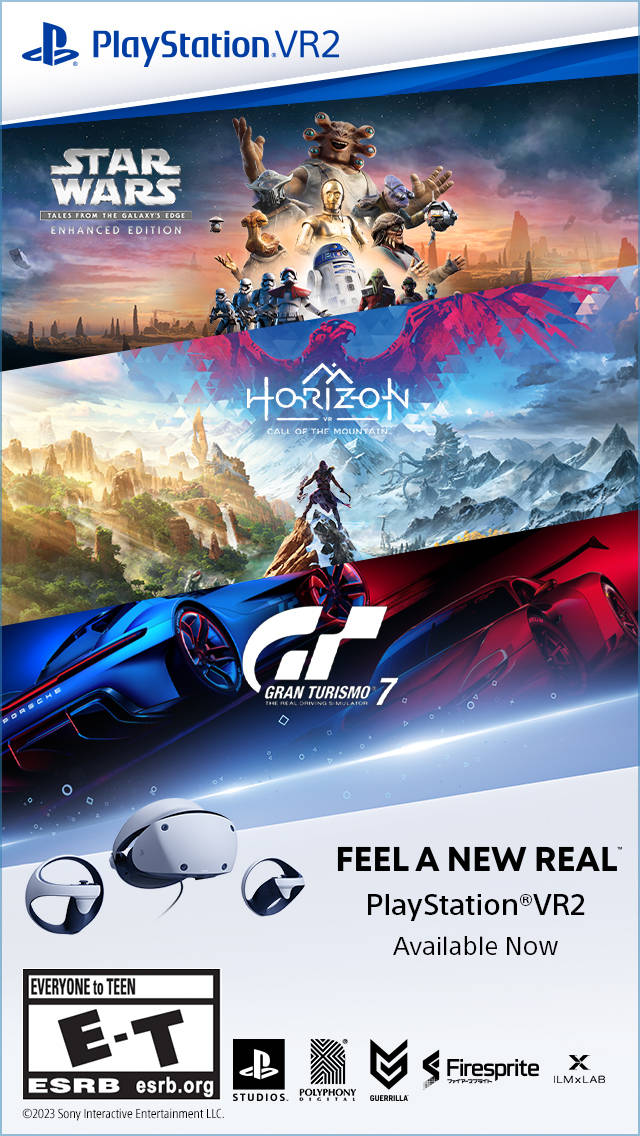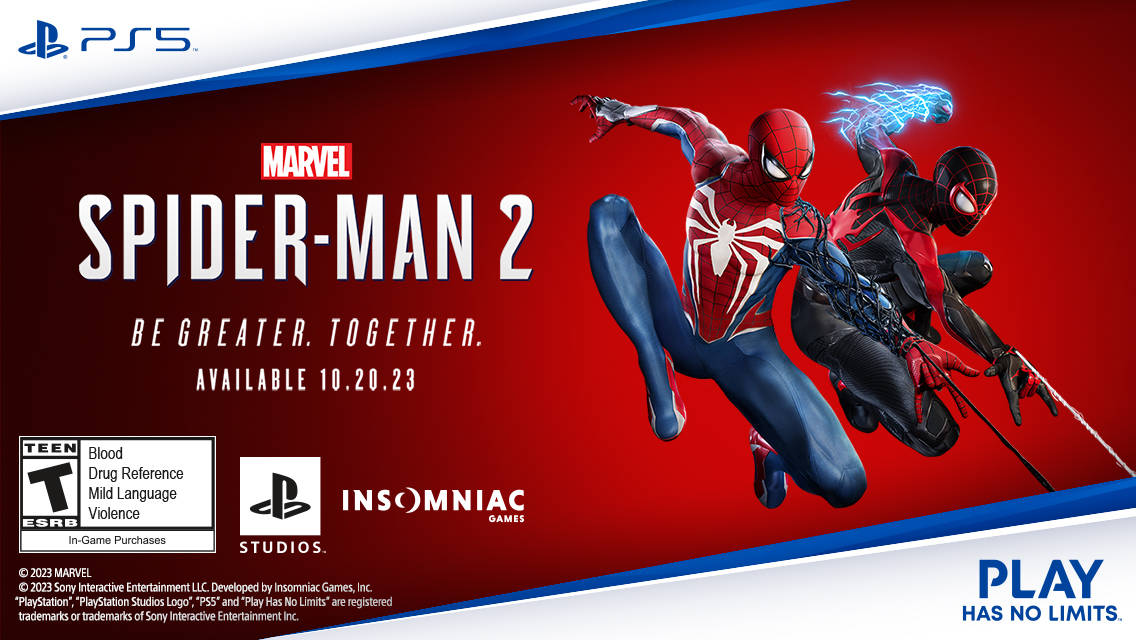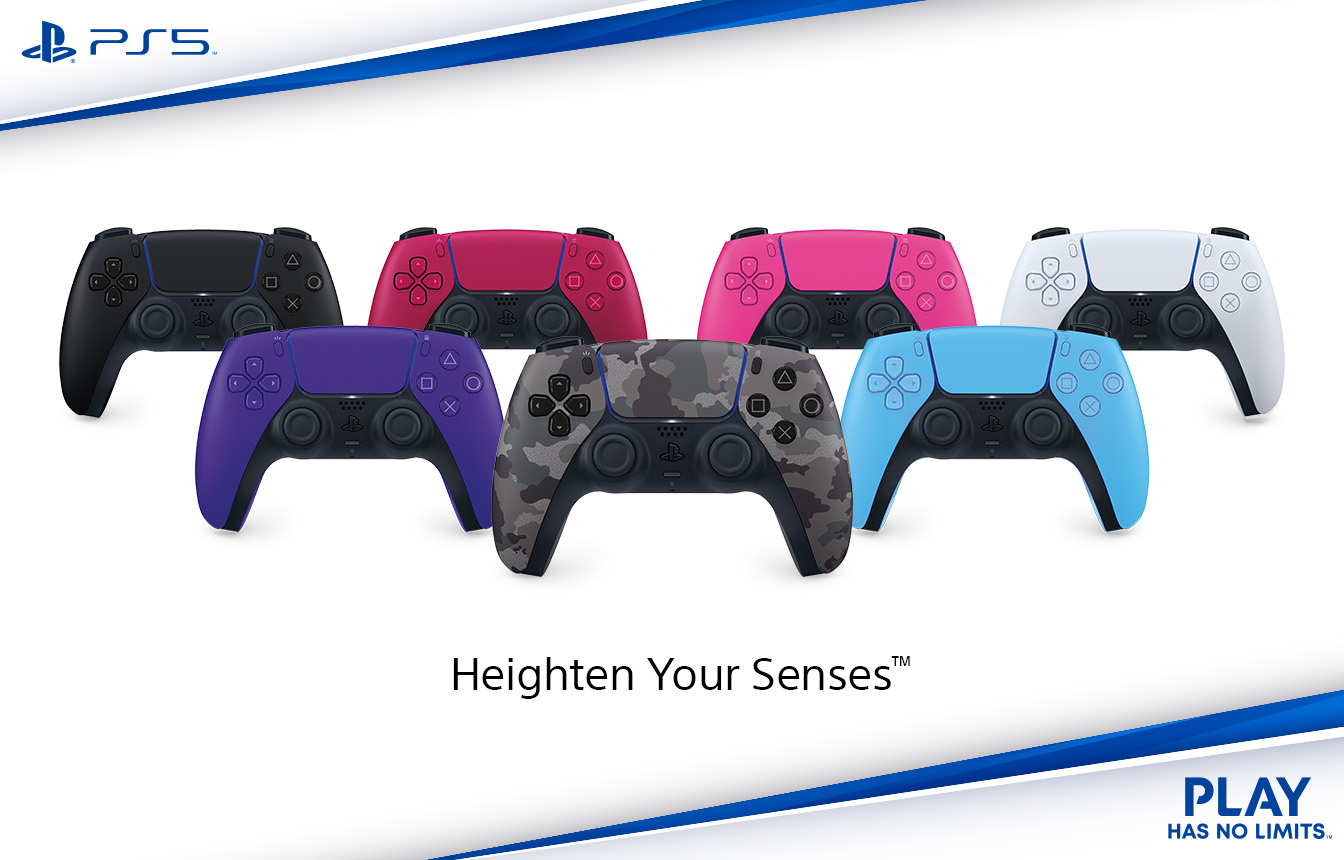Danger Zone isn’t bad. It’s just slight.
The third game from Three Fields Entertainment, a studio formed by ex-Criterion developers, Danger Zone leans heavily on its developers’ past work on the arcade racing franchise Burnout. This game is functionally that series’ Crash mode—where you plowed into traffic at high speed and tried to cause as much destruction as possible by setting off chain reactions—stretched out into a full, standalone game experience.
Well, “stretched out” may not be the right phrase here. “Stretched thin,” sad to say, may be more accurate. Apart from a quartet of short tutorial missions, the game features just 20 levels, split across three “Test Phases,” though the division is utterly meaningless. All three sections take place in the same, generic-looking test facility, which functionally resembles a parking garage with a bit more yellow striping.
The gameplay, of course, is what you’re here for, though, and if you were looking for a rehash of Crash mode, you’re unlikely to be disappointed with the basic execution. While you won’t be doing too much driving on the way to the inevitable pileup, your test car handles well enough as far as arcade-y controls go. You’ll actually be doing most of your navigation after the crash, and this works well enough, too, with a copycat version of Burnout’s Aftertouch feature giving you the ability to nudge your wreck in the direction of your choosing as the carnage unfolds in slow-motion around you. Everything feels good, and the explosions are satisfying in an over-the-top way.
Working your way through any given level consists mainly of figuring out where to crash to cause both maximum damage and easy access to the game’s two types of pickups, which require a fair bit of planning to take full advantage of and maximize your score. The first pickup type is the Smashbreaker, which allows you to explode your wreck at the press of a button, dealing damage to anything in the immediate vicinity and giving you added momentum to fly, flip, or roll across the level. You’ll get one Smashbreaker automatically as soon as a requisite number of vehicles have been damaged, but after that you’ll need to grab the ones scattered around the level to keep your run going, and chaining them together is a big component of strategy.
Cash medallions are the other category of pickups, and these fall into three tiers of increasing value: bronze, silver, and gold. Individually, these pickups offer only a minor score boost, but picking up all of them will grant a huge bonus—even bigger if you manage to pick them up in ascending order of worth.
Because picking up all the cash icons in the right order tacks on such a huge bonus to your score, it quickly becomes apparent that there’s one ideal path to each level—a solution, if you will. As a result, there’s not really much room for improvisation. Most of the focus is instead on execution, nailing the timing of each collision and getting just the right angle of flip to keep your car pulling towards your next objective in Smashbreaker mode.
There are two problems with this. The first is that, since there are so many moving parts in each level, a great deal of luck factors into whether or not you succeed. Hundreds of cars colliding into one another leaves a great deal of variance in where they end up, and one panel truck sitting a few inches to the left or right can mean the difference between bouncing masterfully to a pickup and coming to a complete stop just short of it, frustratingly blocked by an errant piece of traffic. It’s also quite difficult to predict when your Smashbreaker will give you the rotation you need to flip end over end across a wide distance of road and when it will slide you gently along the asphalt a few feet before forcing a restart of the level. It’s not that you can’t control it well enough on a fundamental level—the cribbed air control from Burnout feels solid enough—but instead that the timing and traversal can be so demanding that the slightest variance in your starting position can kill a good run cold, leaving you feeling that there’s nothing you could have done to change the outcome.
The second major problem of this approach is that Danger Zone functionally becomes a puzzle game, and it suffers for that limitation. There’s nothing wrong with a game that has challenges with specific solutions, obviously, but our expectations of those games become vastly different. We expect more levels and more variance between them, with some kind of ramping-up in mechanical complexity to justify the investment. Danger Zone doesn’t really have that. Later levels might have more complex layouts to wrap your head around, or a few more explosions on the way to the finish, but they’re essentially all one-note, both visually and in terms of gameplay. Plus, there are hardly enough of them to make for a satisfying start-to-finish play experience.
And it’s not like there’s much surrounding this core experience to draw you in. For starters, the game never makes its premise entirely clear. You’re running some kind of crash test, as evidenced by the markings on your cars, but it’s never communicated what you’re testing for. There’s also a strange element of virtual reality layered in, with cars that blink in and out of existence at holographic blue barriers.
Who would conduct a crash test, ostensibly a way to test safety, in a context that rewards giant explosions and tumbling, bumper-over-bumper collisions? What could you stand to learn about real-world vehicle safety by testing in a purely virtual environment with physics that are—while adequate for the purpose of goofy, game-y fun—a good many miles from anything approaching realism? It should go without saying that not every game needs a well-explained justification for you to suspend your disbelief, turn your brain off, and enjoy the mayhem. It’s just strange and rather pointless that Three Fields put such a half-assed effort towards creating one.
In fact, a lot of the game feels half-assed, or at least painfully limited by what looks for all the world to have been a shoestring budget. The lack of visual variety is a big knock, of course, but more curious still is the complete absence of any music. Nothing on the title screen, nothing during gameplay, not even a fanfare when you complete the game. In fact, not much of anything when you complete the game, just a silent stat screen that shows off a few numbers about what you have accomplished.
Instead, you’re likely to blow through everything Danger Zone has to offer in a handful of hours, with little reason to return beyond some basic scoreboard chasing. Even then, the heavy element of randomness seems to dissuade you from caring too much about your standing, since it’s so easy to write off the people above you as lucky, rather than skilled.
In the Burnout series, Crash mode was designed to be a change of pace and diversion from the meatier, more immediately engaging experience of the main game. Danger Zone, in replicating so much of the idea so directly, keeps that insubstantial feeling intact. What you’re left with is a game that doesn’t feel complete enough to stand on its own, though it may be good for a few cheap thrills while you’re taking a break from something more capable of keeping your attention.
|
★★★☆☆
That Danger Zone‘s core design works is unsurprising, given that it’s been borrowed wholesale from a different series, but Three Fields has done little to build out the concept into anything worthy of a full game. You’ll enjoy what’s here well enough, but don’t expect it to last very long—or to dazzle much beyond the explosions and sparks. |
Developer Three Fields Entertainment Publisher Three Fields Entertainment ESRB E10+ - Everyone 10+ Release Date 05.30.17 |
| Danger Zone is available on PS4 and PC. Primary version played was for PC. Product was provided by Three Fields Entertainment for the benefit of this coverage. EGM reviews on a scale of one to five stars. | |






